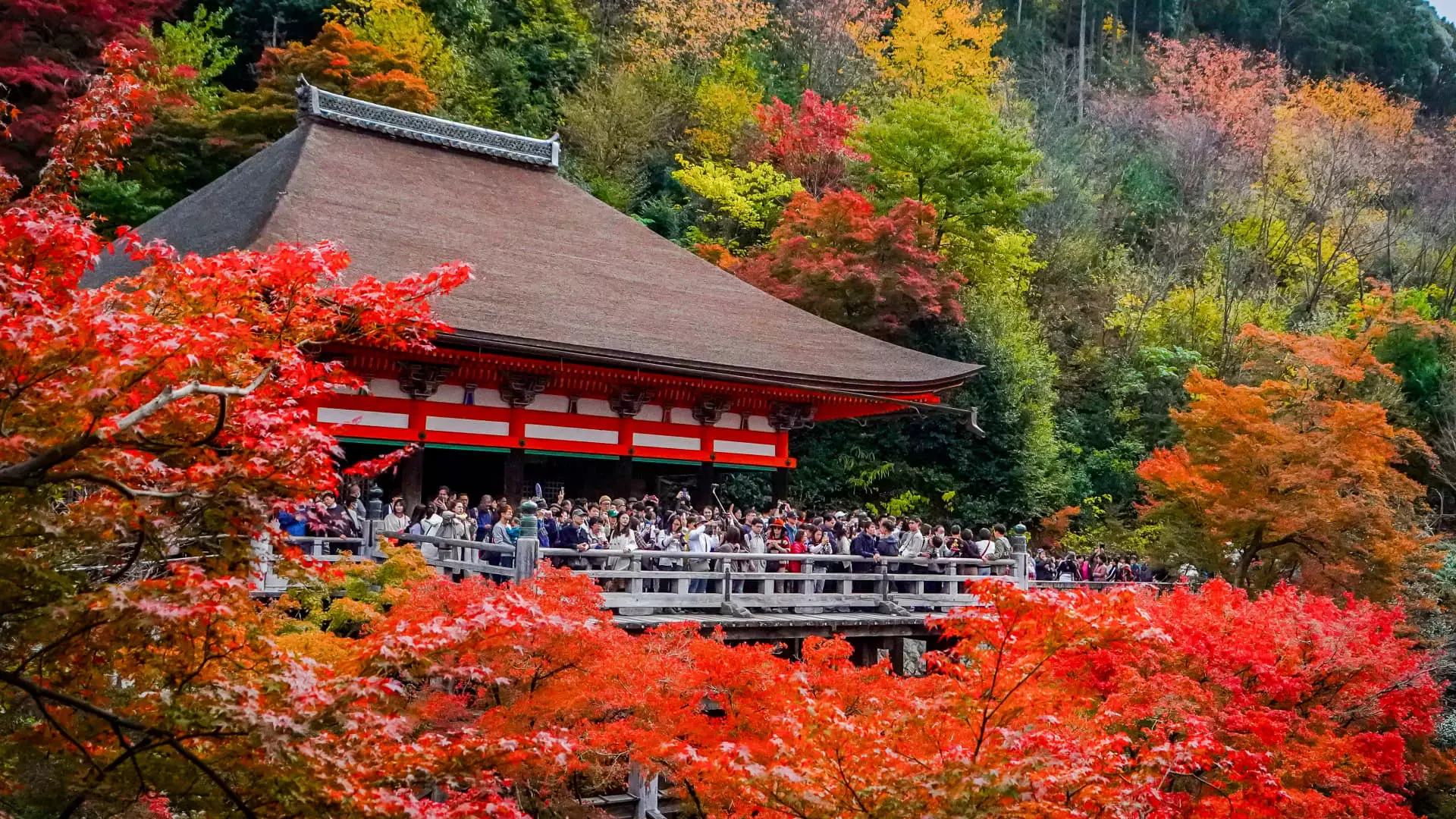Japan, famous for its rich culture, historical landmarks, and stunning natural beauty, has experienced an impressive resurgence in international tourism as it continues to recover from the severe impacts of the COVID-19 pandemic. With the arrival of autumn, the once-backward tourist numbers have taken a notable leap forward, significantly surpassing figures from before the pandemic. Despite the cooling temperatures, interest in Japan as a destination is vibrant, evidenced by the latest statistics released by the Japan National Tourism Organization.
Record-Breaking Visitor Numbers
In August 2024, Japan welcomed approximately 2.93 million foreign tourists, followed by an additional 2.87 million in September. These numbers stand in stark contrast to the 2.52 million and 2.27 million seen in the same months of 2019, thereby reflecting a robust recovery trajectory for the tourism sector. Historically, these late summer months saw a dip in tourist arrivals due to various climatic factors and travel patterns. However, this year’s exceptional increase can largely be attributed to a renewed influx of visitors from China, which has traditionally been Japan’s largest source of inbound tourism.
The reinstatement of travel between China and Japan was a significant turning point, with arrivals from Chinese nationals doubling—from 325,645 in September 2023 to 652,300 in September 2024. During the first nine months of 2024 alone, more than 5.2 million visitors from China made the trip to Japan, showcasing a staggering 228% increase compared to the same period the previous year. This momentum leaves ample room for growth as Japan strives to reach the 9.6 million arrivals recorded in 2019.
While East Asian travelers—particularly from South Korea, China, Taiwan, and Hong Kong—comprise about two-thirds of all incoming visitors, a noteworthy trend has emerged with respect to travelers from North America and across the Asia-Pacific. According to insights from the Mastercard Economics Institute, the first half of 2024 saw a dramatic increase in travelers from the United States, rising by 153% from similar periods in 2019. Other countries such as Canada (148%), Australia (141%), and Singapore (140%) also reported significant increases.
These North American and European tourists, who tend to travel greater distances, are likely to stay longer. Reports indicate that around 40% of visitors from Europe linger in Japan for two to three weeks as opposed to the South Korean tourists, 75% of whom tend to spend less than a week in the country. This dynamic has implications for expenditure; visitors from North America and Europe generally spend more on accommodations and dining, while Asian travelers often engage in more shopping.
A notable factor contributing to increased spending among tourists is the favorable exchange rates created by a weakened yen. This phenomenon has been particularly beneficial for many foreign visitors, especially travelers from Singapore, the United States, and Europe, as they find themselves able to purchase more for their money. Such economic conditions have led to increased consumption patterns that favor retail businesses across Japan.
Japan’s tourism officials are optimistic about these trends, predicting that roughly 35 million tourists will visit the country by the close of 2024—a notable 10% increase from pre-pandemic levels. Beyond this optimistic threshold, officials have set ambitious targets of welcoming approximately 60 million visitors by 2030, but they must navigate the challenges of overtourism that threaten the sustainability of this growth.
Despite the flourishing visitor numbers, Japan faces hurdles in managing the strain of increased foot traffic in its most popular regions. Overcrowding has become an acute issue in historically significant locales such as Kyoto, Tokyo, Osaka, and Okinawa, with the Mastercard report highlighting that Kyoto saw the highest proportion of foreign guests, reaching 68% in April 2024. This statistic reflects a drastic increase when compared to the pre-pandemic ratios.
Sustainability must be a central concern as Japan strives for continued tourist growth while preserving the integrity of its cultural sites and natural landscapes. The delicate balance between economic gain and environmental sustainability is crucial for ensuring that Japan remains an attractive destination without compromising the quality of the experience it offers to visitors.
The Future of Tourism in Japan
In light of its cultural allure and expanding global reputation, Japan features prominently on many future tourism trend lists. Reports like Expedia’s “Unpack ’25: The Trends in Travel” and Lonely Planet’s 2025 “Best in Travel” underscore the expectations for Japan to retain its status as a top travel destination. With cities like Tokyo and Osaka ranking among Airbnb’s most trending winter destinations, the momentum of Japan’s post-pandemic tourism recovery appears poised for continued growth. Japanese authorities will need to implement effective management strategies that prioritize visitor experience while addressing potential challenges posed by overtourism, thereby securing a sustainable tourism future.

